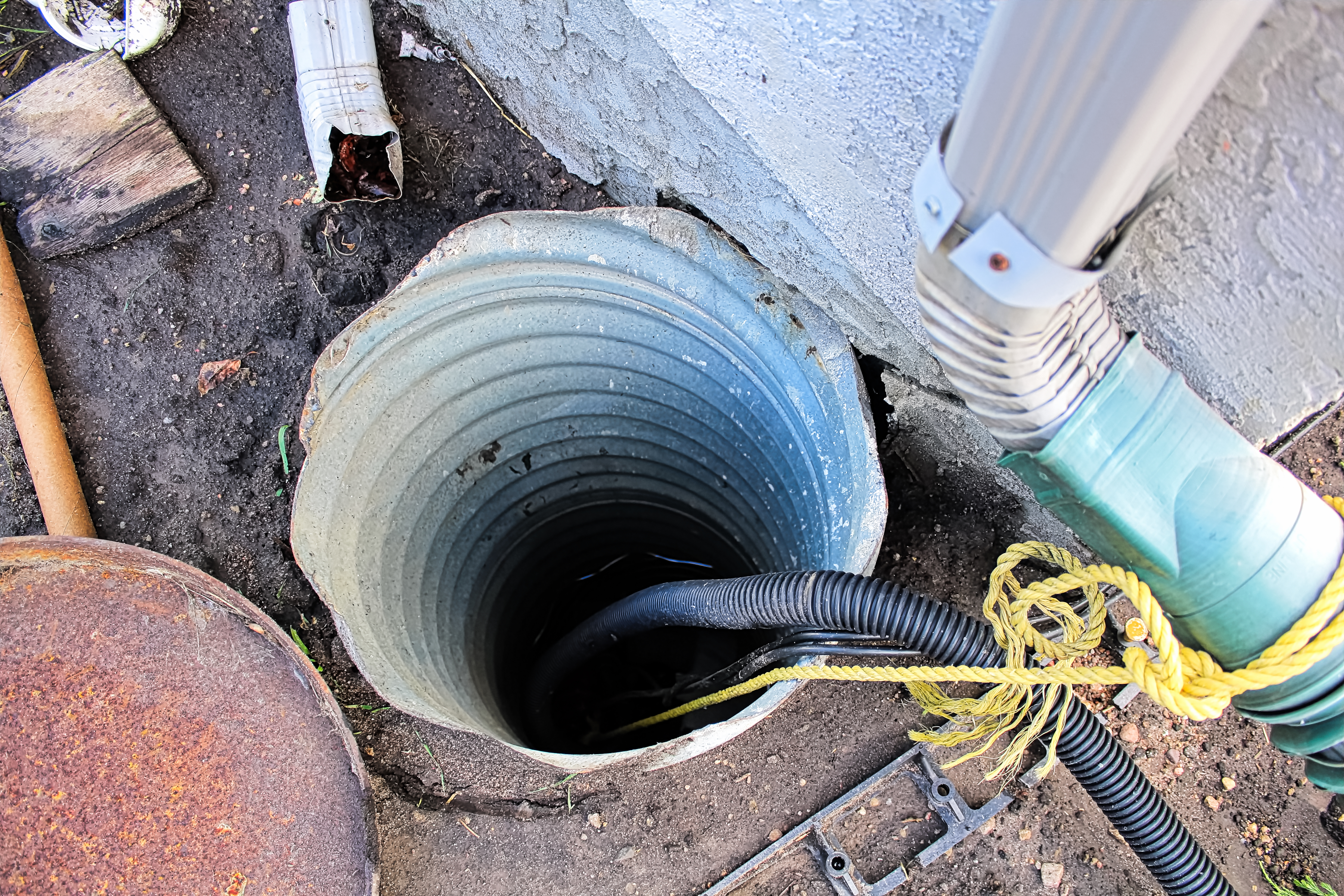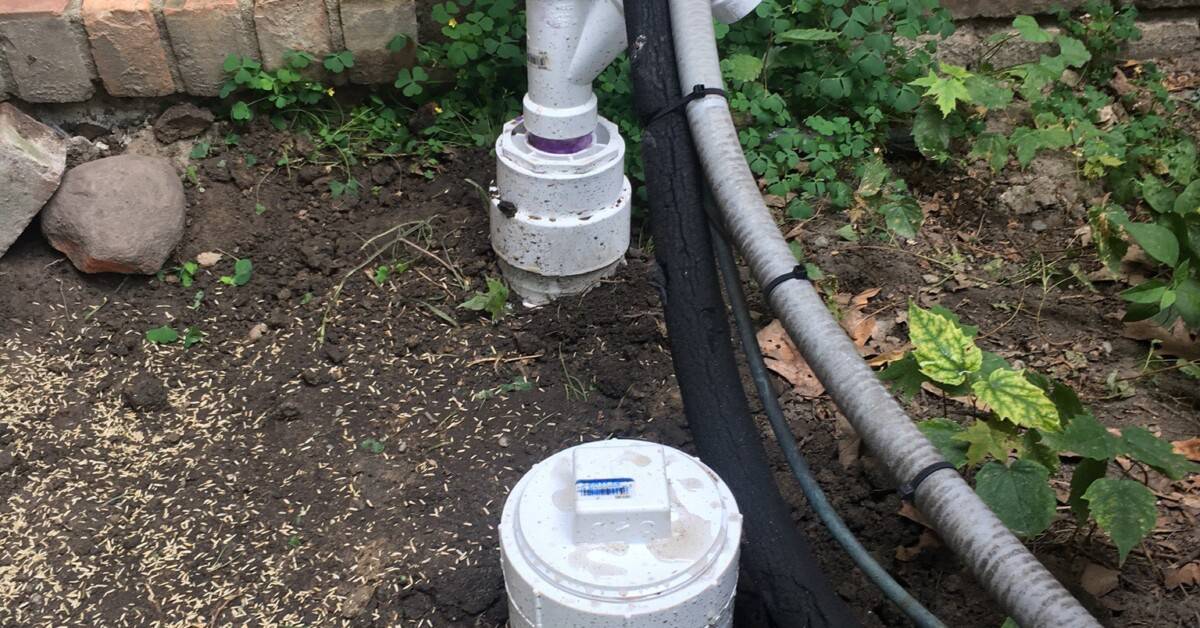Best Techniques for Taking Care of a Sump Pump
Best Techniques for Taking Care of a Sump Pump
Blog Article
Almost everyone has their own conception with regards to How to Care for Your Sump Pump.

Sump pumps are essential elements in numerous homes, especially in locations prone to flooding or too much wetness. They help stop water damages by effectively removing excess water from cellars or crawl spaces. However, like any other appliance, sump pumps need routine maintenance to ensure they operate efficiently when needed the most. Cleansing your sump pump is a crucial part of its maintenance, and comprehending just how to do it appropriately can save you from expensive repair services and prospective disasters.
Introduction
Preserving a tidy sump pump is essential for its proper performance and longevity. Overlooking this crucial task can bring about clogs, malfunctions, and eventually, water damages to your residential or commercial property. Consequently, discovering just how to clean up a sump pump is important for home owners who rely upon these gadgets to keep their basements dry and secured.
Recognizing the Sump Pump
Prior to diving right into the cleaning process, it's important to have a standard understanding of exactly how a sump pump functions. Commonly installed in a pit or basin listed below the basement floor, a sump pump contains several essential components, consisting of a pump, a float button, and a discharge pipe. When water collects in the pit, the float switch turns on the pump, which then pumps the water out through the discharge pipeline, far from the structure's foundation.
Signs of a Dirty Sump Pump
Recognizing when your sump pump needs cleaning is essential for avoiding potential malfunctions. Some typical indications that indicate a filthy sump pump consist of weird noises during procedure, reduced water flow, and visible debris in the pit. If you notice any one of these signs and symptoms, it's necessary to clean your sump pump promptly to stay clear of any kind of additional issues.
Preparing for Cleaning
Before you begin cleansing your sump pump, it's essential to take some safety and security preventative measures. Beginning by shutting off the power to the pump to stay clear of any type of electric mishaps. In addition, use ideal safety equipment, such as handwear covers and goggles, to shield on your own from dust, debris, and potential virus.
Detailed Overview to Cleaning Up a Sump Pump
Turning off the Power
Begin by detaching the power supply to the sump pump to stop any accidents while cleansing.
Getting Rid Of Particles and Dirt
Make use of a pail or an inside story to eliminate any noticeable debris, dust, or sediment from the sump pit. Dispose of the particles properly to prevent it from blocking the pump or the discharge pipeline.
Cleaning the Pump and Drift Change
Once the pit is clear of particles, very carefully eliminate the pump from the pit. Inspect the pump and the float switch for any type of indicators of damages or wear. Use a soft brush or cloth to clean the surface areas and eliminate any gathered gunk.
Flushing the System
After cleansing the pump and float switch, flush the sump pit with clean water to get rid of any type of continuing to be dirt or sediment. This will aid guarantee that the pump operates efficiently and effectively.
Checking for Correct Performance
Prior to reinstalling the pump, perform a fast examination to make sure that the float button activates the pump properly. Pour some water into the sump pit and observe the pump's procedure. If everything is functioning properly, you can reassemble the pump and reconnect the power supply.
Maintenance Tips to Maintain Your Sump Pump Clean
Along with regular cleaning, there are numerous upkeep tips you can comply with to maintain your sump pump in ideal condition:
Final thought
Cleansing your sump pump is a crucial facet of its upkeep and makes certain that it runs successfully when you require it one of the most. By following the actions detailed in this overview and incorporating routine maintenance right into your routine, you can extend the life expectancy of your sump pump and secure your home from water damage.
6 STEPS ON HOW TO CLEAN A SUMP PUMP PROPERLY
UNDERSTANDING SUMP PUMPS
Your sump pump plays a crucial role in protecting your home by managing and removing excess water. It primarily functions as a “shield”, guarding your basement against the damaging effects of water accumulation. The pump is housed in a sump pit in the lowest part of your basement, and its job is to pump out any water that collects there.
During heavy rainfalls or when snow melts rapidly, water can infiltrate your basement, posing potential risks like flooding, structural damage, and harmful mold growth. Here, the sump pump springs into action, pumping out the intruding water and directing it away from your home.
SAFETY FIRST
Before cleaning, remember to prioritize safety. Disconnect the sump pump from the power source to prevent any accidental electric shocks. Also, wear sturdy gloves to protect your hands from any sharp or dirty components within the pump.
REMOVE THE SUMP PUMP
After ensuring your safety, the next step is to remove the sump pump from its pit. Doing this might require careful maneuvering as you don’t want to damage any pump components. Once removed, clean the sump pit to remove any accumulated debris or sludge.
INSPECT THE PUMP
Inspect the pump for any visible signs of wear or damage. Check the power cord, float switch, and impeller housing. If any components look worn out or damaged, consider replacing them to ensure optimal performance.
CLEAN THE PUMP
Thoroughly clean the pump with warm, soapy water. Make sure to rid it of any dirt, gravel, or other debris that might impede its performance. You can use a toothbrush to clean the small, hard-to-reach parts of the pump.
REINSTALL THE SUMP PUMP
Reinstall the pump into the sump pit Make sure it’s positioned correctly to remove the water effectively Once it’s back in place, reconnect it to the power source TEST THE PUMP
Finally, pour some water into the pit to ensure the pump works correctly. It should start automatically and begin pumping out the water; if it doesn’t, check the power source and the positioning of the pump.
Remember, while cleaning your sump pump is an essential part of home maintenance, hiring a professional plumber for a thorough inspection and cleaning at least once a year is also important. This will ensure that your pump is in optimal condition, ready to protect your home from potential water damage.
BEST PRACTICES FOR CLEANING SUMP PUMP DISCHARGE PIPES
Regular Inspection: Regularly inspect your discharge pipes, especially during heavy rainfall or snowmelt periods. Look for any signs of blockage or damage. Early detection of problems can prevent serious issues down the line. Periodic Cleaning: Over time, sediment and debris can accumulate in the discharge pipes, impeding the flow of water. Regular cleaning helps keep the pipes clear and functioning efficiently. You can use a high-pressure water jet to effectively clean the pipes. Insulation During Winter: In colder climates, discharge pipes can freeze, blocking the outflow of water. Protect your discharge pipes from freezing temperatures by insulating them with foam pipe insulation. This will ensure the sump pump can continue to discharge water even in freezing conditions. Proper Positioning: The discharge pipe should be positioned to direct water away from your home’s foundation. Improper positioning can lead to water seeping back into the basement. Ensure the pipe is long enough and angled correctly. Installation of a Check Valve: A check valve prevents water from flowing back into your sump pit after the pump has pushed it out. Installing a check valve helps maintain the efficiency of your sump pump and reduces the risk of flooding. Minimize Pipe Turns: Every curve or turn in the discharge pipe can decrease the efficiency of water flow. By minimizing turns and bends in your discharge pipe, you can increase the efficiency of your sump pump. https://www.fullspeedplumbing.com/how-to-clean-a-sump-pump-properly9999/

I am just very fascinated by Steps to Cleaning Your Sump Pump Properly and I'm hoping you liked the new blog posting. You should take the opportunity to share this article if you liked it. Thank you so much for taking the time to read it.
Go Services Report this page